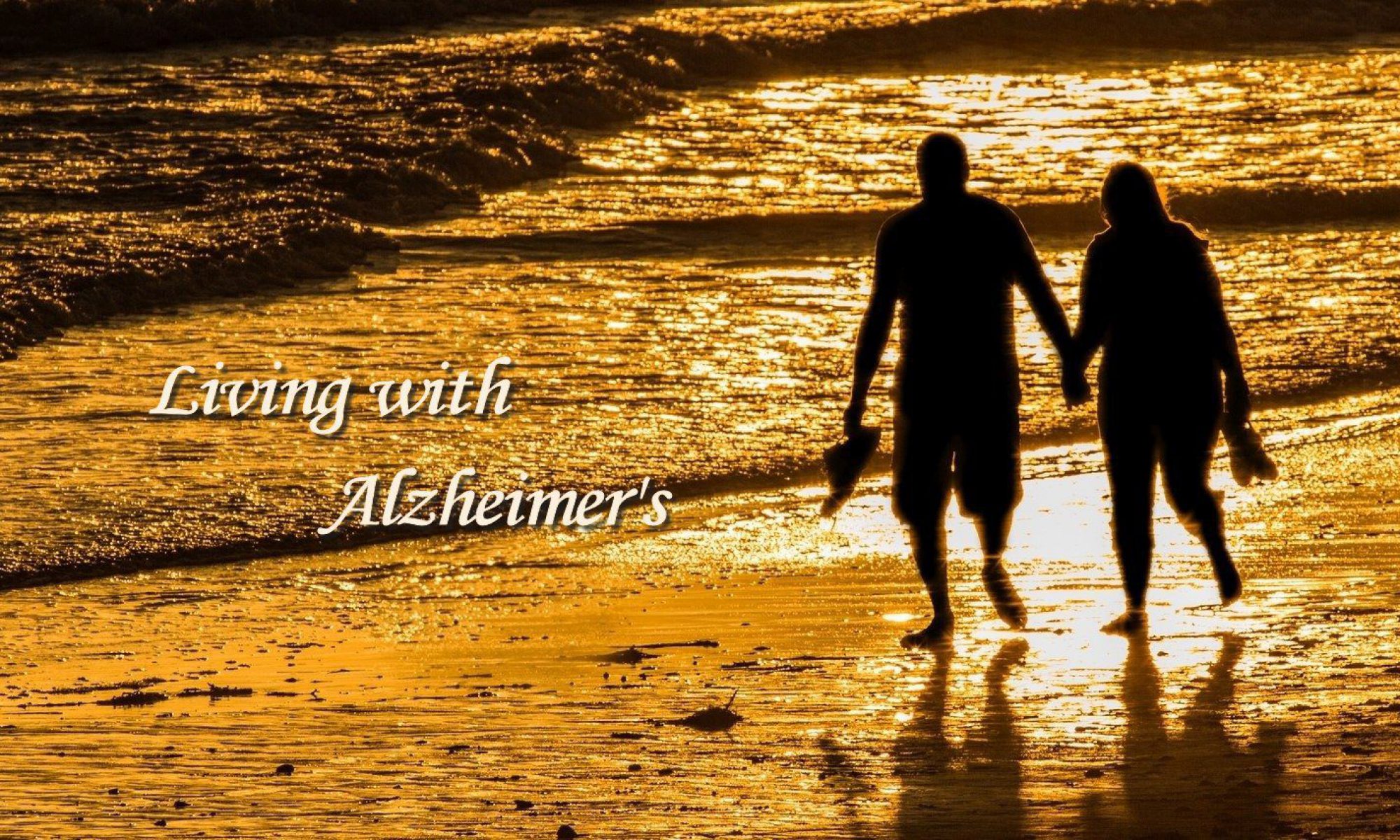In some ways, being Kate’s caregiver is like being a parent. That’s the case when we are around other people. She is often cheerful, and her paid caregivers and I get to see that every day. I want other people to see that as well.
That is especially true for our children. Both of them live out of state and visit us three or four times a year. I send them videos regularly. That gives them a pretty good idea of what I call “Happy Moments”, but they don’t always see the best of her when they are here.
Our son and his wife were with us for four days this week, and Kate rose to the occasion. Each day, she was at her best, smiling and talking. She made all of us smile, and she closed their visit with a surprise Wednesday morning just before they left.
Please permit me to digress a moment. People often ask me if Kate recognizes the children when they visit. I tell them it’s difficult to be sure. She is comfortable with them, but I haven’t seen many clear signs that make me sure that she remembers their names or that they are her children. I may think differently in the future. That’s because of a Happy Moment that occurred as they were about to leave.
It was shortly after 8:00am when our son, his wife, and I went into the bedroom to see if she might be awake. She usually sleeps later than that and even when she is awake, she doesn’t often begin the day with a smile. Thus, I was doubtful that she would give us any response. I was wrong.
Our son leaned down with his face close to hers and began talking to her. She immediately responded with her beautiful smile that continued as he spoke. She was still smiling as we left the room. It was a touching moment.
I know I can’t be sure that she knew she was smiling at her son, but it looked like that to me. That’s what I believe, and I know it was a “Happy Moment” for our son, his wife, and me.





